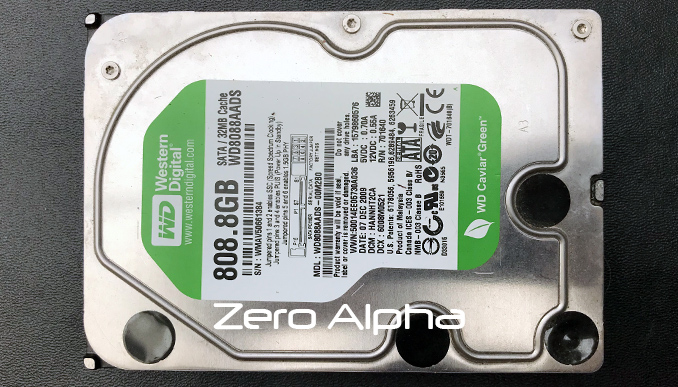Western Digital WD8088AADS Data Recovery
Zero Alpha offers professional data recovery for Western Digital WD8088AADS hard drives. This 808.8GB SATA HDD belongs to the Green series, designed for storage efficiency, but it may suffer from failures due to age, firmware issues, or mechanical problems. Users often experience slow access, bad sectors, or undetected drives. We also accept mail in jobs from any location.

WD8088AADS Common Problems
- Drive not detected in BIOS or operating system
- Excessive bad sectors causing slow performance
- Firmware corruption or failure to initialize
- Clicking or beeping from mechanical failure
- PCB failure due to power issues
- Corrupted partitions or accidental formatting
WD8088AADS Models
- WD8088AADS-00M2B0
- WD8088AADS-00M2B1
WD8088AADS-00M2B0 Data Recovery Caselog
This hard drive failed to detect on the customers computer. We were able to recover all the files and folders again.